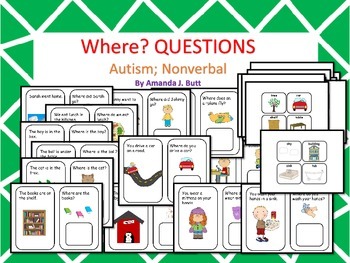

Transition to a regular school: Some find the transition from a special needs school or program to a regular school challenging.This can lead to problems at higher levels of education. Academics: Special education sometimes involves lowering expectations.Social relations: Students in a special needs class may have problems relating to other kids in the class or school.Being in a special needs program can reinforce this. Stigma: The label special needs can have a stigma or negative connotation.They thus won’t be exposed to a wide range of influences. Lack of integration: Students may only learn and interact with peers with special needs.Below, we outline the main sources of concern with some kinds of special needs programs.

Some have raised criticisms against them. This is not to say special needs schools and programs are without their detractors. This may include learning, developmental, behavioural, and physical challenges. Fitting in: Students learn and interact with peers who also have challenges.This may include academic and psychological counselling, tutoring programs, speech-language therapy, physical and occupational therapy, and learning aids. Special resources and services: Special resources and services may be available.Differentiated instruction: Instruction is tailored to individual students to meet their unique learning needs.Qualified teachers: Teachers have specialized training in special education.This may include accommodations, modifications, or remediations. Necessary support: Students get the support they need to get the most out of their education.While this isn’t an exhaustive list, below are some of the main ones. General pros and cons of special needs schools and programsĭepending on the type of school or program, a special education can have many potential benefits. Regular class with indirect support: Teachers and staff adapt their approach and tailor their instruction to meet students’ unique needs.Regular class with resource support: Students are given break-out support from special education staff, either on their own or in small groups.Withdrawal classes: Some schools offer withdrawal or “pull-out” classes, where students are periodically taken out of their regular class to receive special needs support.Integrated classes: Some schools have classes with both students with and without special needs.Dedicated classes: Some schools have classes exclusively devoted to special needs education, which run parallel to regular classes.They are self-contained special needs schools, where 100% of the students have one or more special need. Dedicated schools:These schools are exclusively devoted to special needs education.This can be delivered in a dedicated special needs school or class, an integrated class, a withdrawal class, or a regular class with resource support or indirect support.Ĭlick here to view a list of special needs schools Full-time options Students with special needs require support in the classroom. Students who need less support and don’t require as many adaptations may be better off in a part-time withdrawal class, an integrated class, or a regular class with resource support or indirect support. Students who need lots of support are likely best off in a dedicated special needs school or class. Different students are suitable for different programs and environments.Each of these options has its pros and cons. The type of program plays a big role: dedicated school, dedicated class, integrated class, withdrawal class, regular class with resource support, or regular class with indirect support.Sometimes, though, they can lead to a lack of integration, problems transitioning to a regular school, and negative stigmas. They offer tailored instruction, specialized support, and crucial resources and services. Special needs schools and programs are a great option for many kids.


 0 kommentar(er)
0 kommentar(er)
